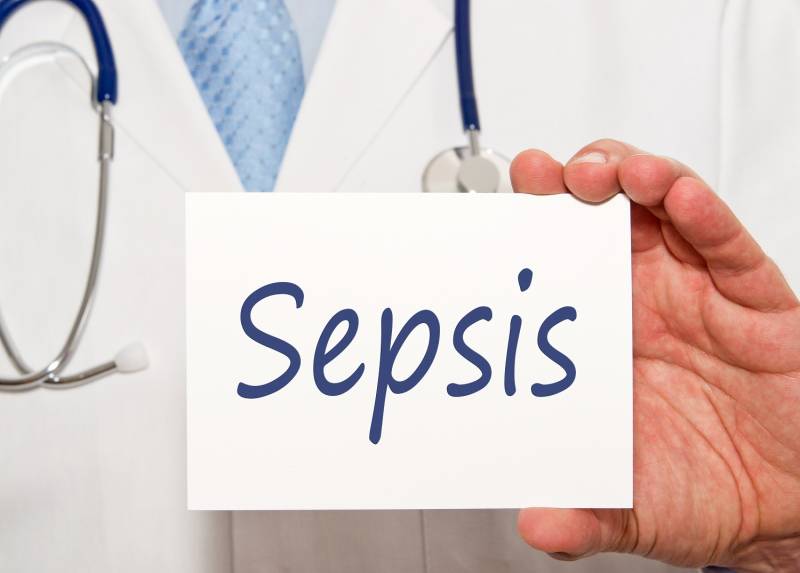According to the Center for Disease Control (CDC), more than 7 million people get sepsis each year in the U.S and about 270,000 die from sepsis each year. Sepsis death can be prevented with rapid diagnosis and treatment. Sepsis is a life threatening illness caused by your body's response to an infection. Sepsis can be triggered by any kind of infection, such as bacterial, viral or fungal. It is important to recognize the signs and symptoms of sepsis early and begin treatment as soon a possible. Treatment includes antibiotics, lab tests, radiology test along with other supportive treatments.
Sepsis risk factors
Sepsis may be possible in anyone with an infection that develops a complication; however the following risk factors increase the risk of sepsis:
- Age- the people most at risk of sepsis are very young children or the elderly.
- Individuals with a weakened immune system.
- Patients with chronic illnesses, such as diabetes, lung, heart, kidney or liver disease, immunodeficiency, AIDS, and cancer.
- Individuals with a severe wound: including severe burns, skin injuries, cuts, lacerations, and fractures.
How to recognize sepsis and its severity
Signs and symptoms of sepsis include a high heart rate, fevers, shivering, feeling very cold, confusion, shortness of breath, extreme pain or discomfort, and clammy skin. The goal is to begin treatment quickly once sepsis is diagnosed.
How to prevent sepsis
The CDC has recommended three general approaches for patients to reduce the risk of an infection leading to sepsis.
- Keep proper management of chronic conditions and get recommended preventive vaccines.
- Practice good hygiene measures and keep any scrapes and wounds clean to prevent infection.
- Recognize signs and symptoms of sepsis and most importantly- get immediate medical care if they suspect sepsis or have an infection that’s not getting better or is getting worse.

Article by Dr. Javaid, Hospitalist
Click here to learn more about the Hospitalist program
Additional resources
http://www.survivingsepsis.org/Pages/default.aspx
https://www.cdc.gov/sepsis
